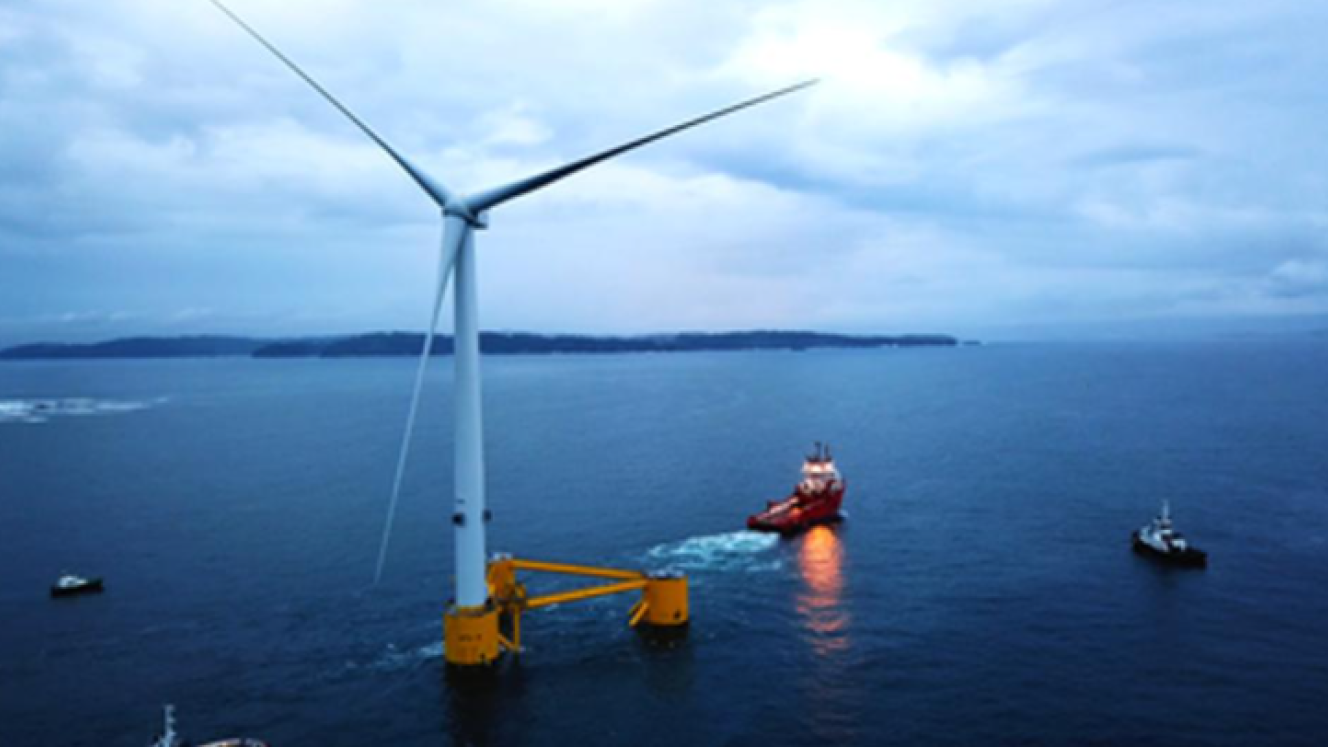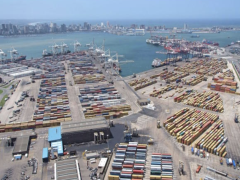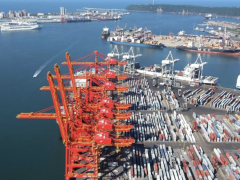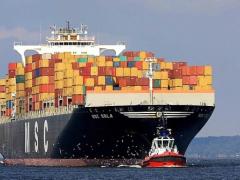Offshore wind turbines are growing in size as technology advances and demand for renewable energy soars, but installing them could be a headache for operators as demand will outpace the supply of capable vessels by 2024.
This is according to the latest research by Oslo-based Rystad Energy, which shows that operators will have to invest in new vessels or upgrade existing ones to install the super-sized turbines that are expected to become the norm by the end of the decade, or the pace of offshore wind installations could slow down.
Wind turbines globally, excluding China, have experienced a growth spurt in recent years, rising from an average of three megawatts (MW) in 2010 to 6.5 MW today, with the largest in operation clocking in at 10 MW.
Turbines larger than 8 MW accounted for just 3% of global installations between 2010 and 2021, but that percentage is forecast to surge to 53% by 2030.
As the energy transition accelerates, demand for offshore wind turbine installation vessels worldwide, excluding China, will rocket from 11 vessel years (the time a vessel is needed on contract) in 2021 to almost 79 vessel years by 2030.
The need for installation vessels for turbines larger than 9 MW, which was non-existent in 2019, will grow significantly by the end of the decade and reach 62 vessel years in 2030.
“When turbines were smaller, installation could be handled by the first-generation fleet of offshore wind vessels or converted jackups from the oil and gas industry.
However, as operators continue to favour larger turbines, a new generation of purpose-built vessels is required to meet demand,” Martin Lysne, Rystad Energy rigs and vessels analyst said.
Unable to install new and larger turbines, the first-generation installation fleet has now transitioned into maintenance and repair services for installed turbines, while operators have upgraded other vessels’ cranes in order to remain competitive in the installations market.
In Europe, Asia (excluding China) and the emerging US market, turbine sizes are ramping up towards 2025 and beyond.
Europe’s first commercial 10 MW turbine was installed in December 2021 at Scotland’s Seagreen offshore wind farm by Cadeler’s Wind Osprey.
A total of 114 turbines are lined up for the 1.1 GW North Sea project.
At the Vineyard Wind development in the US, 13 MW turbines will be installed by Belgium marine engineer DEME’s Sea Installer after its crane upgrade.
Luxemburg maritime construction company, Jan De Nul’s newbuild Voltaire will debut at the Dogger Bank wind farm in the UK, installing 13 MW turbines.
Danish engineering company, Cadeler, is contracted to install 14 MW turbines at the Sofia wind farm in the UK, and 14 MW turbines will also be installed at the Hai Long development in Taiwan.
In addition, 15 MW turbines will be installed at the EnBW He Dreiht project in Germany.
Larger turbine installations require stronger cranes on installation vessels to lift heavier materials higher, and only a handful of purpose-built vessels available worldwide can install 10 MW+ turbines. As a result, many vessels have moved from Europe to China, where lower crane capacity vessels are still in high demand.
Jan De Nul’s installation vessel, Taillevent, was sold to China last year, and DEME’s Apollo has also recently been renamed and reflagged to work in the Chinese market.
Excluding China, demand for 12 MW+ capable installation vessels is set to increase rapidly, taking a larger share of overall demand.
Out of the current fleet of purpose-built vessels, only a handful of units can install 10 MW+ turbines, and none are currently able to install 14 MW+ turbines.
This will change towards 2025 as newbuilds start to be delivered and existing vessels get crane upgrades.
Vessels built early this decade are already becoming outdated as turbines grow, making owners reluctant to commit to expensive newbuilds that could be obsolete before they are profitable.
The cost to manufacture an installation vessel capable of installing 14 MW+ turbines ranges from $300 million to $500 million, but owners are opting for even bigger cranes in the hope of staying competitive for longer.
A 1 500-tonne crane capacity with 150 metres lifting height is generally considered the requirement to install 14 MW+ turbines.













